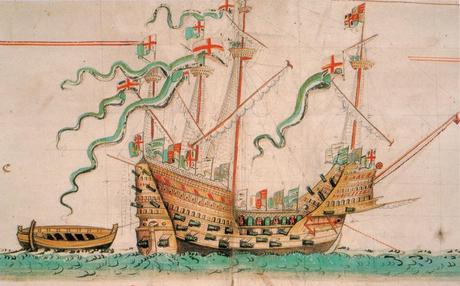
From his castle in Southsea, Henry VIII enjoyed a view of the stands. Across the sparkling waters of the Solent lay the Isle of Wight. The sun was shining and the flags were fluttering in the fresh breeze. It was the morning of July 19, 1545.
On the king's left the ships of the approaching French fleet gathered, their backs to the open sea and their swift galleys forming a screen in front of them. To his right the mighty ships of his own navy came out of the harbor, hastening to engage the enemy. But before the battle began, disaster struck. While making a sharp turn, the king's lead ship and his pride and joy, the 700-ton carrack Mary Rose, overturned and sank.
A recent renovation may have made the Mary Rose top heavy, or there may have been an unexpected change in the wind. Regardless, with the gun ports wide open for battle, water rushed in and the nets designed to keep French borderers off the decks sealed the crew's fate. Of the more than 400 men on board, fewer than two dozen survived. The fleet commander, Vice Admiral Sir George Carew, drowned with them. The king saw and heard it all. Although the battle between the two fleets would end in a draw, it was one of the worst days of Henry's reign.
The wreck was discovered in 1971 and its excavation in 1982 became one of the great stories of modern maritime archaeology: recovery of the guns and the remains of the crew, the ship breaking up for the first time in more than 400 years and the nail-biting moment when part of the massive steel support frame gave way.
Yet more had been collected from the seabed than just timber, cannons and human remains. There were also the remains of people's lives, and among the most evocative are traces of their music-making. Even before the hull was floated into dry dock, conservators were working on two violins, a 'tenor shawm' (a kind of large oboe), three 'tabor pipes' (long wooden flutes, played with one hand) and a drum. Together they paint a vivid picture of musical life on board a warship at the end of the Middle Ages.
The story continues
And the diving team had found something unusual among the wreckage: four fine silver whistles. Strictly speaking, they may not be musical instruments; As far as we know they have never been used for onboard entertainment. They were essentially 'sound instruments': their shrill tones would have contributed to the rhythm of life on board the ship and, together with the ship's bell, played a central role in the daily routine - announcing everything from meals to the hoisting the anchors and setting the sails.
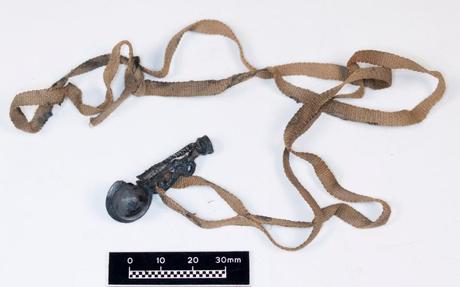
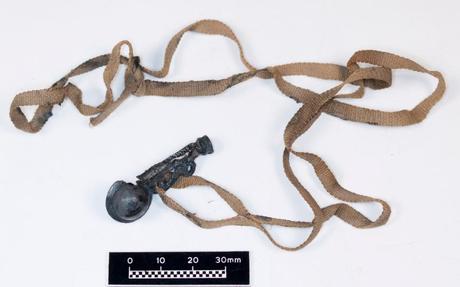
Three of the Mary Rose whistles hung from silver chains, like old-fashioned pocket watches. The fourth and smallest was hung on a ribbon with gold thread. As for their shape, imagine a small sphere made of thin sheet steel: with a diameter of just over a centimeter, it resembles a nutshell or a songbird's egg. At the top of the bulb is a round hole about four millimeters wide, and if you blow across it at the right angle it makes a sound like a whistling kettle. Open and close your hand around the ball as you blow, and you can make the note rise and fall; and in this way an experienced sailor can achieve the complex melody-like phrases that convey elaborate coded instructions. It is now known as a "boat's call", after the ship's boatswain.
Such whistles are still used in modern navies, including the Royal Navy. Chrome-plated brass is now more common than silver, but for all intents and purposes today's instruments are identical to those used by Henry VIII's men, and can be heard over the ship's loudspeakers, attracting attention, or piping the side" as rank visitors are greeted at the head of the aisle.
Early eyewitness descriptions suggest that it was not just the boatswain who needed a whistle. In 1635, 90 years after the Mary Rose sank, Sir William Monson tells us that the sailing master also used one:
While the captain commands the ship's tacking, hoisting or striking [down of] the shipyard, hauling in or setting the sails: when winding the Master's whistle, the boatswain takes it away [up] with his, and gives courage to the sailors to do their work, each knowing by their whistle what to do.
In fact, their use extended the line of command to ship captains and even admirals, and at all levels whistles took on symbolic value. Henry VIII himself began wearing and blowing a gold one on important maritime occasions. When the English admiral Sir Edward Howard captured the Scottish privateer Sir Andrew Barton off the coast of Kent in August 1511, he took his whistle as a trophy.
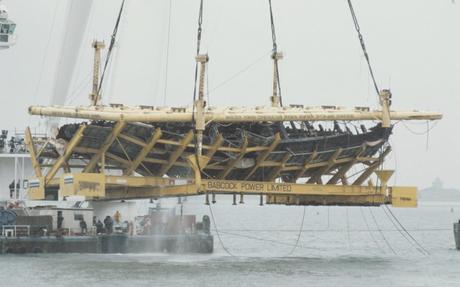
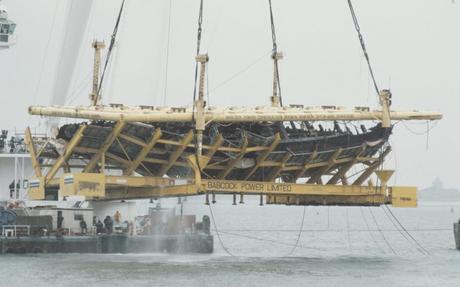
But there is a mystery to it. How and when were these whistles first used on ships? Our earliest glimpse yet is a rowing scene on a beautiful quilted bedcover from Sicily, now in the V&A, dating from around 1380. So they could have been a 14th century innovation required by the increased complexity of ships and ships. their rigging. But even if that were the case, among the hundreds of thousands of objects recovered from previous maritime and coastal excavations - Viking, Roman, Greek, Phoenician - we should see some prototypes, and we haven't yet. Why not?
It's one of the archaeological puzzles I explore in my new book Sound Tracks: Uncovering Our Musical Past. Archaeologists are familiar with this particular riddle: it's called a "first appearance date." The phrase was coined by scientists to describe the oldest known specimen of a particular fossil, plant or animal in sedimentary rock. Such examples do not reflect the actual time or place of origin of the organism, which must lie even further back in time: they are only a provisional marker and a tacit admission that our geological and archaeological record is still far from complete. That is almost certainly the case here as well.
Sound signaling has of course never been limited to the maritime sphere. Today we still honk the horn to express a friendly greeting or a sharp reprimand. We whistle to attract attention; we knock on doors and ring bells. In doing so, we unconsciously follow old traditions, which in some ways are also musical traditions. This may involve patterns and formulas of pitch, tone and rhythm.
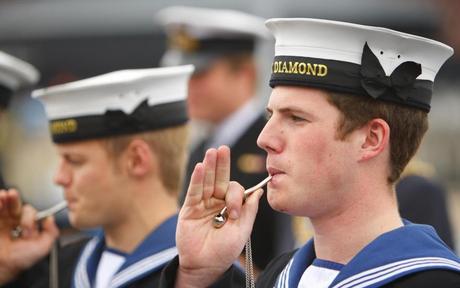
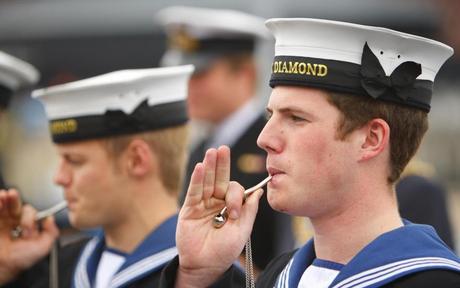
The extent to which we consider the results to be musical depends on how we define 'music'; Some experts would argue that this is not the case, or that, like the song of a nightingale or the gurgling notes of a waterfall, we view them merely as musical properties. But for an archaeologist exploring the wilder frontiers of musical knowledge, such questions are premature. As we seek to unravel a story as vast as the prehistory of music, the first step must be gathering the evidence.
As we continue to cast our nets, eyewitnesses like Sir William Monson continue to encourage us. For the London playwright Thomas Heywood, writing in the early seventeenth century, just eighty years after the Mary Rose disaster, there was little doubt that the sounds of the boatswain's call could be pleasant and musical to the listening ear . He is writing,
Sound Tracks: Uncovering Our Musical Past will be published by Vintage on April 4. For information about the Mary Rose Trust, visit maryrose.orgBoatswain, with your whistle
Command the Saylors to the upper deck,
To know their quarters, and to hear their accusations...
Oh, it's a music the mermaids love!
